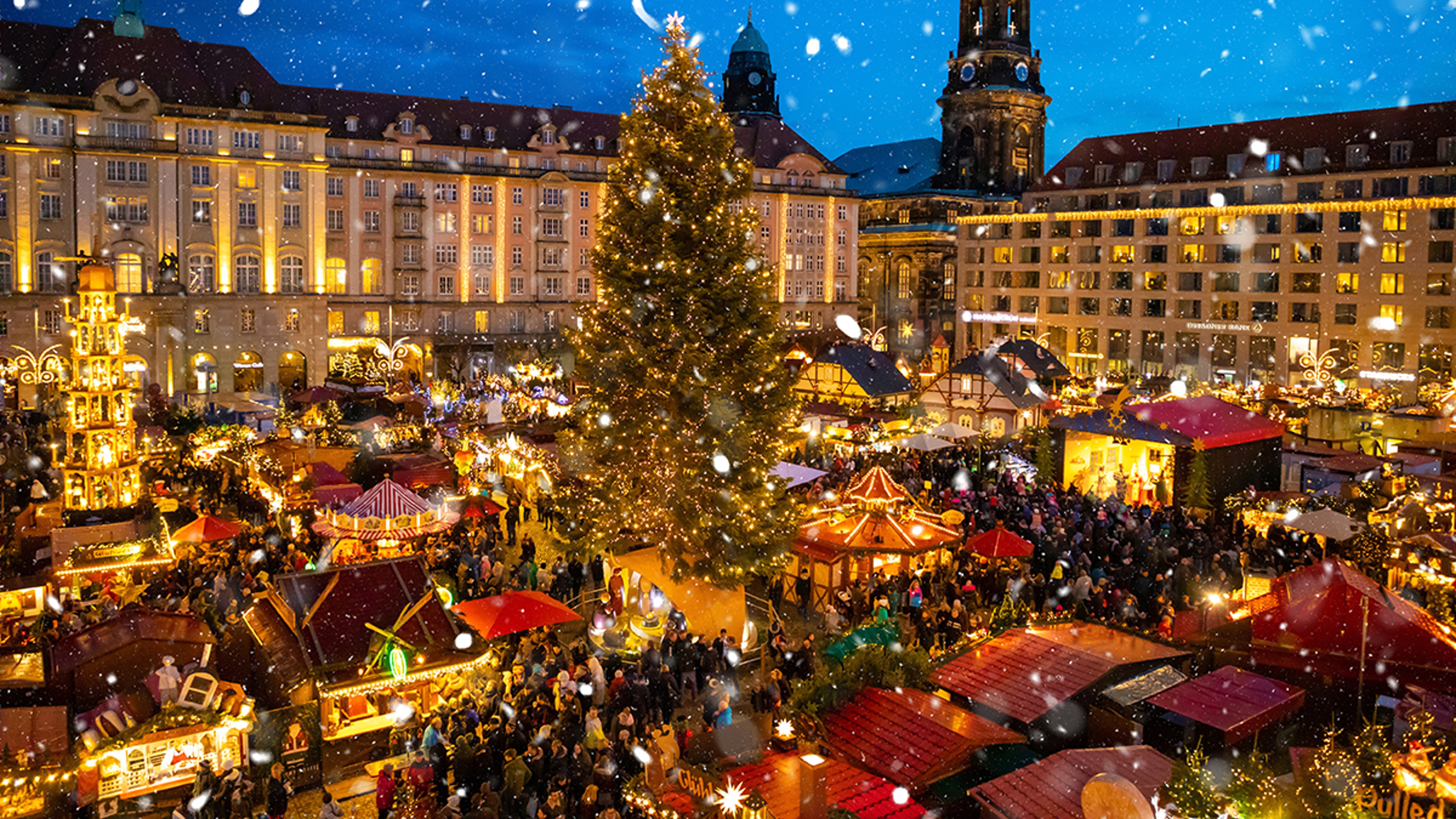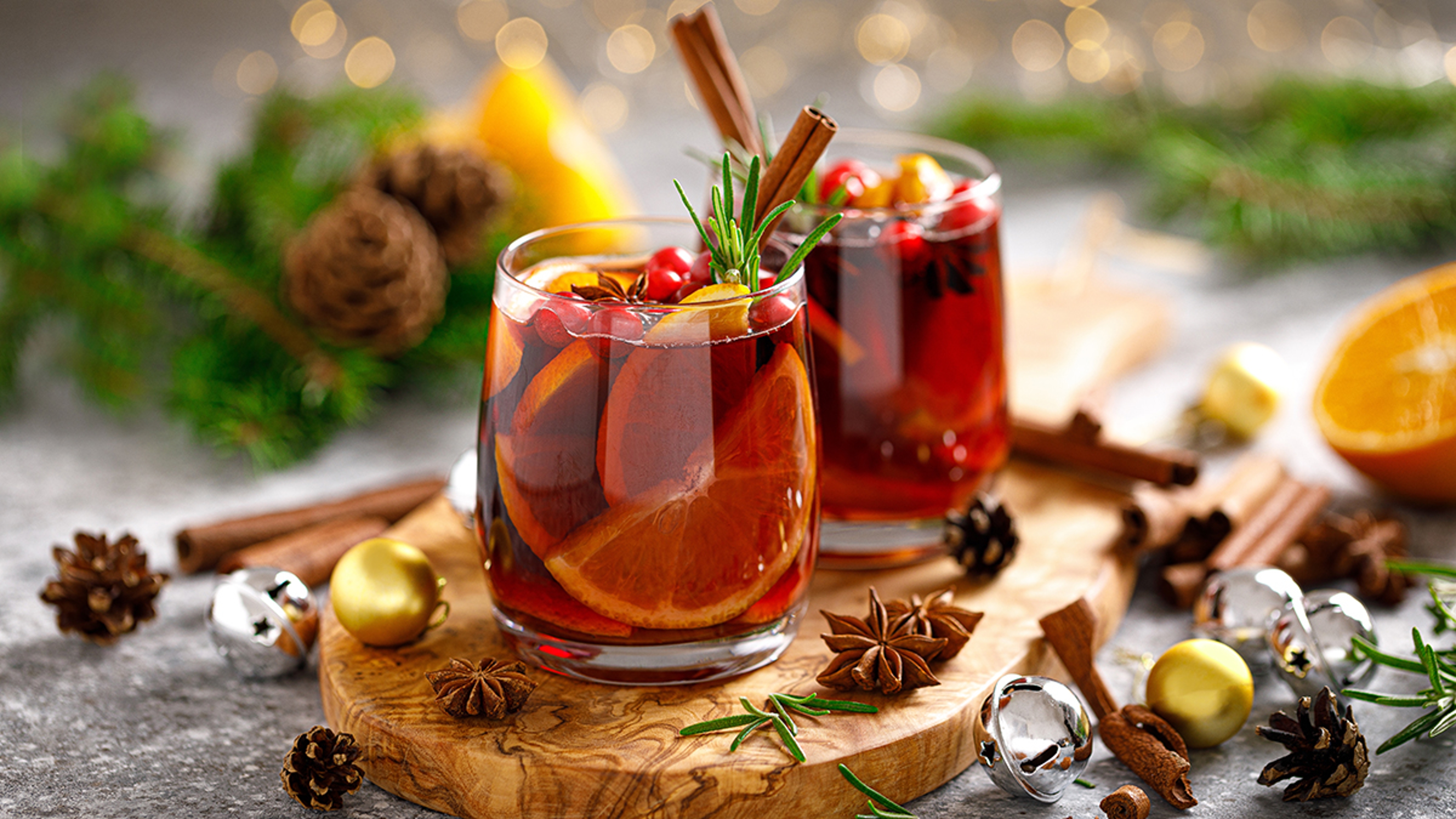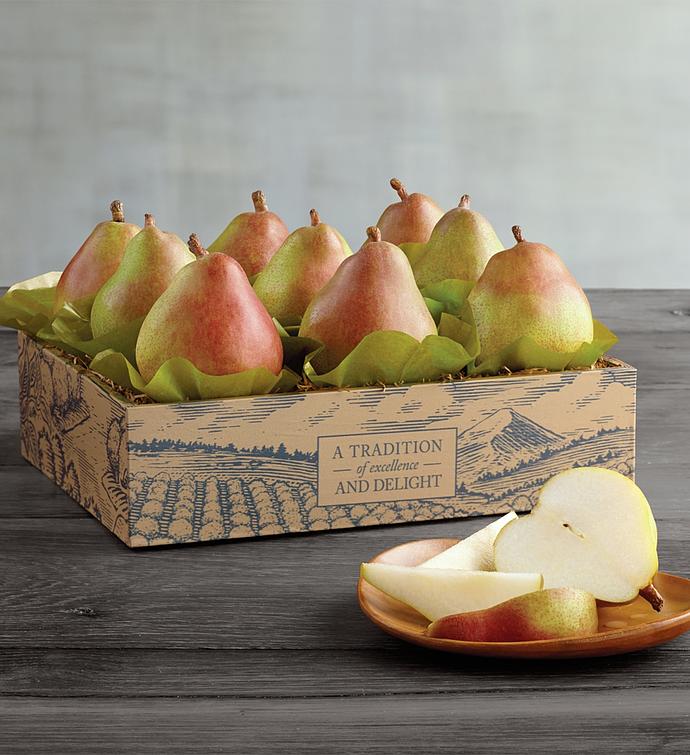What Is Mulled Wine?
You know that warm, cozy, and especially fuzzy feeling you get in winter? That's mulled wine.
Dec 03, 2024
Mulled wine, like so many other things that we prize in modern civilization, began with the Romans. The Romans didn't invent wine, but they did invent boiling it (which sounds horrible, I know, and probably was, at first, come to think of it).
Pragmatically, they came up with this method to keep their soldiers warm as they conquered the colder parts of Europe during the 2nd century AD. They added spices, honey, and dates, the latter of which they'd picked up from the warmer parts of the known world they had already conquered. This improved the bitter taste considerably, and they called the liquid confection conditum paradoxum, which means, roughly, and sweetly, “surprise spiced wine."
They also pollinated the by-now vast Roman Empire with a taste for this delectable concoction, one that never left. Every European country has its own version, and, frankly, they all taste basically the same — which is to say, great. It's hot, spiced wine, sweet and strong, and it has warmed me up on the streets of Paris, Prague, London, and Vienna, and all over Germany (where they call it glühwein), where, don't ask, I was on a tour of Christmas markets.

Traditionally, mulled wine is made with inexpensive, sweeter red wine — expensive and heavier reds don't work because the tannins compete with the spices — although in the French Alps they use white wine. Leave it to the French to be different.
READ MORE: How to Eat Like the French
In Latvia, they add a local black liqueur called, ominously, Black Balsam. Bulgarians add apples, and Moldovans add pepper. The Swedish have their own formidable — and, in my experience, extraordinary — interpretation, glogg (pronounced glook). The Swedes use port, because the spices can overwhelm an ordinary wine, and throw in whiskey and rum, plus raisins and almonds. The English add brandy. Because they're English. They add brandy to their cornflakes. (Alright, that's an exaggeration.)
There's nothing quite like — not an exaggeration — standing among thousands of people in sparkling, fairy tale-like Christmas markets from Aachen to Nuremberg, your feet invariably frozen, holding a hot cup or glass of mulled wine, sipping from it, slowly, and feeling its warmth and calming spirit glide down your throat and, pleasantly, throughout your body.
The best mulled wine recipe
But, if you're like me and don't live near a Christmas market, how can we replicate this experience at home? Luckily, we found a recipe for you. Making mulled wine is easy: gather your ingredients, put them in a pot, and simmer them for up to three hours and voila! This recipe couldn't be any easier. Remember that patience is key. You want to heat the wine so that the spices can incorporate. However, you do not want to bring it a full boil.
When it comes to said wine, look for one that is medium to medium-plus body that is a bit more fruit forward. The goal is to find a wine to stand up to all the spices, where the fruit and the spice play nicely together. If the wine is on the lighter side, like a pinot noir, the spices might take over the wine.
And don't throw out the wine bottles! Use them for your new favorite seasonal drink. This is a brilliant gift to give others because there is no one who drinks alcohol that doesn't like mulled wine. While you're at it, gift one to yourself. You're on Santa's nice list, right?

- 1 bottle red wine
- 112 cups apple cider
- 1 cup orange juice
- 12 cup brandy
- 13 cup maple syrup
- 3 cinnamon sticks
- 1 teaspoon whole cloves
- 1-2 whole star anise pods (optional)
- 2 cardamom pods
- 2 oranges (sliced)
- 2 pears (sliced)
- 13 cup fresh cranberries
- 12 cup pomegranate seeds




- Add the wine, cider, orange juice, brandy, and maple syrup to a stock pot over medium-low heat and whisk well.
- Add the cinnamon, cloves, star anise, cardamom, one sliced orange, and one sliced pear. You can also use mulling spice mix as well. If you go that route, use 1-2 tablespoons.
- Bring to a very gentle simmer but do not let the mixture boil; otherwise, the alcohol will cook out. Stir every 10 minutes or so and simmer at low heat for one hour, up to 3 hours.
- Remove spices and mulled fruit. Add cranberries, pomegranate, and another sliced orange and pear. Let infuse for 10-15 minutes at low heat, then serve warm.
.svg?q=70&width=384&auto=webp)










